
Warning: Your Sushi Might Carry a Japanese Tapeworm – What You Need to Know About Salmon Safety
Warning: Your Sushi Might Carry a Japanese Tapeworm – What You Need to Know About Salmon Safety

Recent scientific findings from the U.S. Centers for Disease Control and Prevention (CDC) have issued a significant alert for seafood lovers: Alaskan salmon, and potentially salmon caught across the entire North American Pacific coast, may be infected with the Japanese broad tapeworm (Diphyllobothrium nihonkaiense). This parasite was previously thought to be confined to fish in Asian waters, making this discovery a concerning development for global seafood safety, especially for those who enjoy raw or undercooked salmon.
The Unexpected Threat in U.S. Salmon
The CDC's recent study, published in a leading medical journal, details how samples from 64 wild salmon across five different species caught off the Alaskan coast were examined. Alarmingly, pink salmon samples were found to harbor larvae of the Japanese broad tapeworm, with some larvae measuring a considerable 8–15 mm in length. This indicates that the parasite has established a presence in North American Pacific salmon populations, expanding its known geographical reach.
Researchers are particularly concerned because if you consume salmon that is undercooked or raw, you risk becoming a host to this rather gruesome parasite. The CDC identifies four specific types of Pacific salmon that could potentially carry the Japanese broad tapeworm:
-
Chum salmon (Oncorhynchus keta)
-
Masu salmon (O. masou)
-
Pink salmon (O. gorbuscha)
-
Sockeye salmon (O. nerka)
Protecting Yourself: Cooking and Freezing Are Key
The primary risk of tapeworm infection comes from consuming raw or undercooked salmon, common in popular dishes such as sushi, sashimi, and ceviche. To effectively eliminate the parasite, the CDC strongly advises that fish must be adequately cooked or completely frozen to specific temperatures for a sufficient duration.
It's crucial to understand that commercially caught salmon is typically placed on ice during its journey from the ocean to port. However, this process only refrigerates the fish; it does not freeze it sufficiently to kill parasites. Therefore, the risk of infection remains unless the fish has undergone proper freezing or thorough cooking.
For consumers, this means exercising caution:
-
Restaurant and Store-Bought Sushi: If you're eating salmon sushi from a restaurant or grocery store, assume it is unsafe unless you have explicit confirmation that the salmon has been commercially frozen to parasiticidal standards.
-
Home Preparation: When preparing salmon at home, ensure it is cooked through to an internal temperature of 145°F (63°C), or if you plan to eat it raw or lightly cooked, ensure it has been properly frozen beforehand. The FDA recommends freezing fish at -20°C (-4°F) or below for 7 days, or at -35°C (-31°F) or below until solid, and stored at -35°C (-31°F) or below for 15 hours.
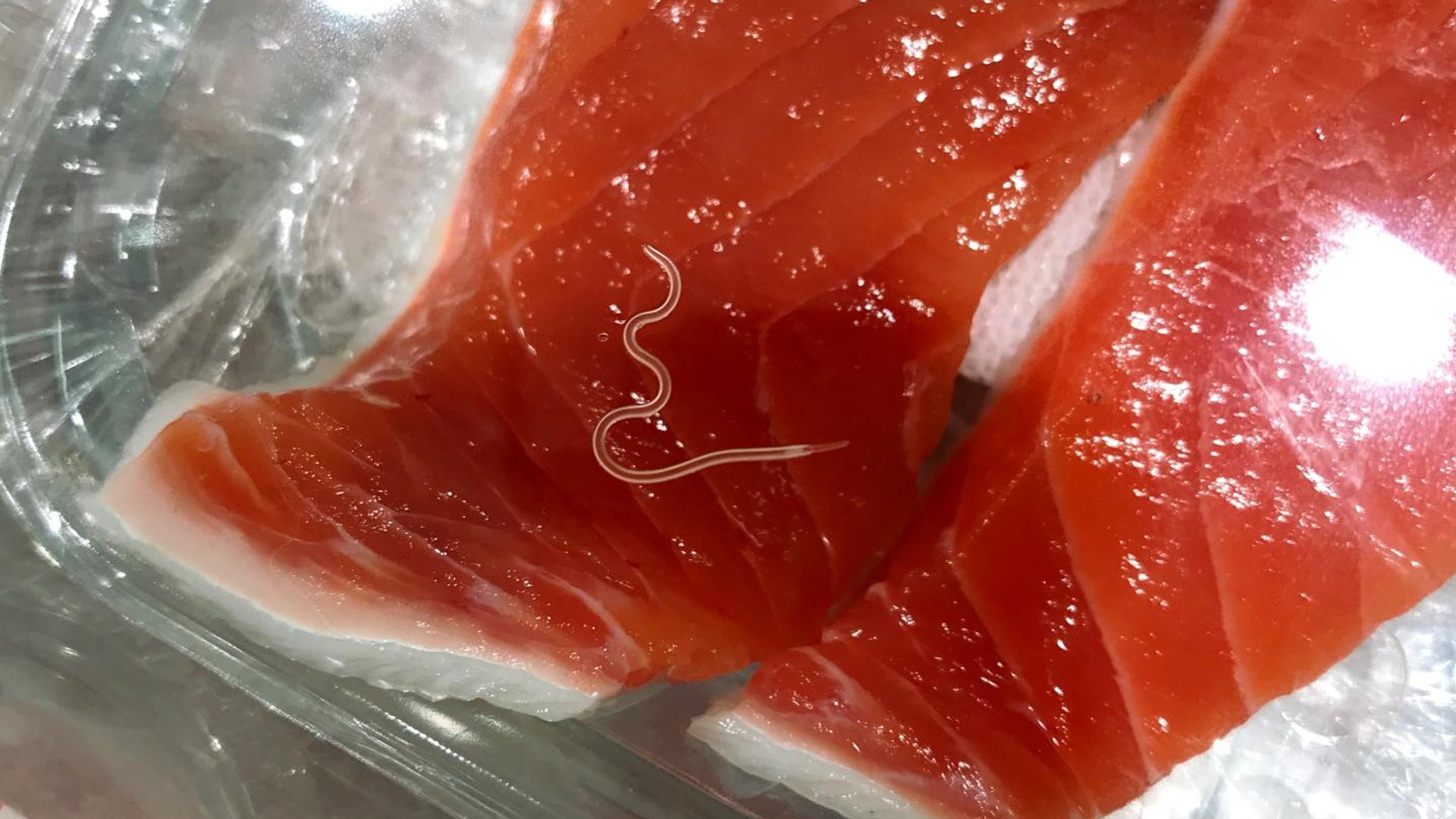
The Silent Invader: Understanding Tapeworms
Japanese broad tapeworms, like other tapeworm species, are intestinal parasites that can grow to astonishing lengths – up to 30 feet inside a human digestive tract. What makes them particularly insidious is that their symptoms are often mild or even non-existent, making diagnosis challenging.
Many individuals with an intestinal tapeworm may never show any symptoms at all, or they might experience only occasional, mild signs that are easily attributed to other common ailments by doctors. This asymptomatic nature means an infection can go unnoticed for extended periods.
When symptoms do appear, they can include:
-
Abdominal pain or discomfort
-
Gas and bloating
-
Diarrhea
-
Persistent fatigue
-
Itchy red rash
-
Anal itching
-
Unexplained weight loss
-
Vitamin B12 deficiency, as the tapeworm competes with the host for this vital nutrient.
In very rare but severe cases, a massive tapeworm infection can lead to an intestinal obstruction or inflammation of the gallbladder, requiring urgent medical attention.
If you suspect you may have intestinal parasites, it's essential to consult your doctor. A simple stool test can confirm the presence of a tapeworm, and effective prescription medications are available to treat the infestation.
Wild vs. Farmed Salmon: A Deeper Look at Health and Safety
Beyond the tapeworm concern, the debate between wild and farmed salmon continues to be a significant health discussion.
Wild salmon thrives freely in oceans, lakes, and rivers. It's highly prized for its exceptional nutritional profile, particularly its rich content of omega-3 fatty acids. These polyunsaturated fatty acids are renowned for their potential benefits in reducing heart disease risk, addressing behavioral issues, combating depression, and mitigating inflammatory conditions. Wild salmon also boasts a range of other essential vitamins and minerals.
Farmed salmon, which accounts for approximately half of the world's fish supply from aquaculture facilities, presents a more complex nutritional and safety picture:
-
Toxic Pollutants and Chemicals: Studies published in Environmental Health Perspectives have shown that farmed salmon can contain higher levels of contaminants compared to wild salmon. While often below regulatory limits, these levels can still exceed what the Environmental Protection Agency considers safe. Persistent organic pollutants (POPs), like polychlorinated biphenyls (PCBs) and dioxins, are a major concern. PCBs, banned in the U.S. in 1976 due to their carcinogenic nature, have been found in farmed salmon. Research from the Journal of Nutrition even suggested farmed salmon in some areas contained 10 times the amount of POPs found in wild salmon. Exposure to POPs has been linked to obesity, type 2 diabetes, and an increased risk of stroke in women. Some studies even indicate that the cancer risk from eating farmed fish can be three times higher than from wild salmon, suggesting a limit of no more than one meal of farm-raised salmon per month, depending on its origin. Dioxins, classified as a known human carcinogen by the WHO's International Agency for Research on Cancer, are also a concern in farmed fish.
-
Antibiotics and Pesticides: The overcrowded conditions in fish farms create fertile ground for the rapid spread of infections. To combat this, farmed fish are routinely given antibiotics, often mixed directly into their feed. Studies, such as one in Environmental Microbiology, highlight the large quantities of antibiotics used. Consuming fish exposed to antibiotics carries the risk of contributing to antibiotic resistance in humans, as noted in the Journal of Antimicrobial Chemotherapy. Wild fish, by contrast, are not exposed to such prophylactic antibiotic use, making them a safer choice in this regard.
-
Artificial Coloration: A noticeable difference between wild and farmed salmon is their color. Wild salmon's vibrant red hue comes naturally from astaxanthin, a powerful antioxidant and anti-inflammatory compound obtained from their diet of plankton. Farmed fish, lacking this natural diet, are fed pellets containing GMO corn and animal byproducts. To achieve the desirable pink color, artificial color additives are often mixed into their feed, designed to deceive the consumer's eye.
-
Lower Nutritional Value: Despite appearances, farmed salmon generally offers less nutritional bang for your buck. Per portion, wild salmon typically contains around 130 fewer calories and half the amount of total fat compared to farmed fish. Furthermore, a 100-gram serving of wild salmon can boast three times more vitamin A and eight times more vitamin D than its farmed counterpart. Farmed fish is also often three times higher in saturated fat.
How to Distinguish Wild from Farmed Salmon
Knowing the differences can help you make an informed choice at the market or restaurant:
-
Color and Shine: Farmed salmon tends to be a lighter pink, almost orange, with a flatter, less vibrant shine. Wild salmon has rich, deep red hues.
-
Fat Marks: Wild salmon is naturally leaner, so the white fat stripes (marbling) in the meat are typically very thin and less pronounced. If the fish is pale pink with wide, thick fat marks, it's almost certainly farmed.
-
"Atlantic Salmon": Be wary of salmon labeled simply "Atlantic Salmon." Currently, virtually all salmon marketed as "Atlantic Salmon" originates from fish farms. Look for clear labeling such as "Wild Alaska Salmon."
The Bottom Line: Prioritize Informed Choices
When all factors are considered, wild salmon generally emerges as the superior choice. It offers higher nutritional content, is free from antibiotics and artificial additives, and is sourced naturally from its environment.
While avoiding farmed fish entirely may not always be feasible, given its prevalence, it's wise to limit your consumption. Remember that farmed fish still provides omega-3 fatty acids and other nutrients, but its potential drawbacks necessitate moderation. Be especially mindful when ordering salmon at restaurants; unless the menu explicitly states "wild salmon," chances are it's farm-raised. Making informed choices about the fish you eat is crucial for your long-term health.
News in the same category

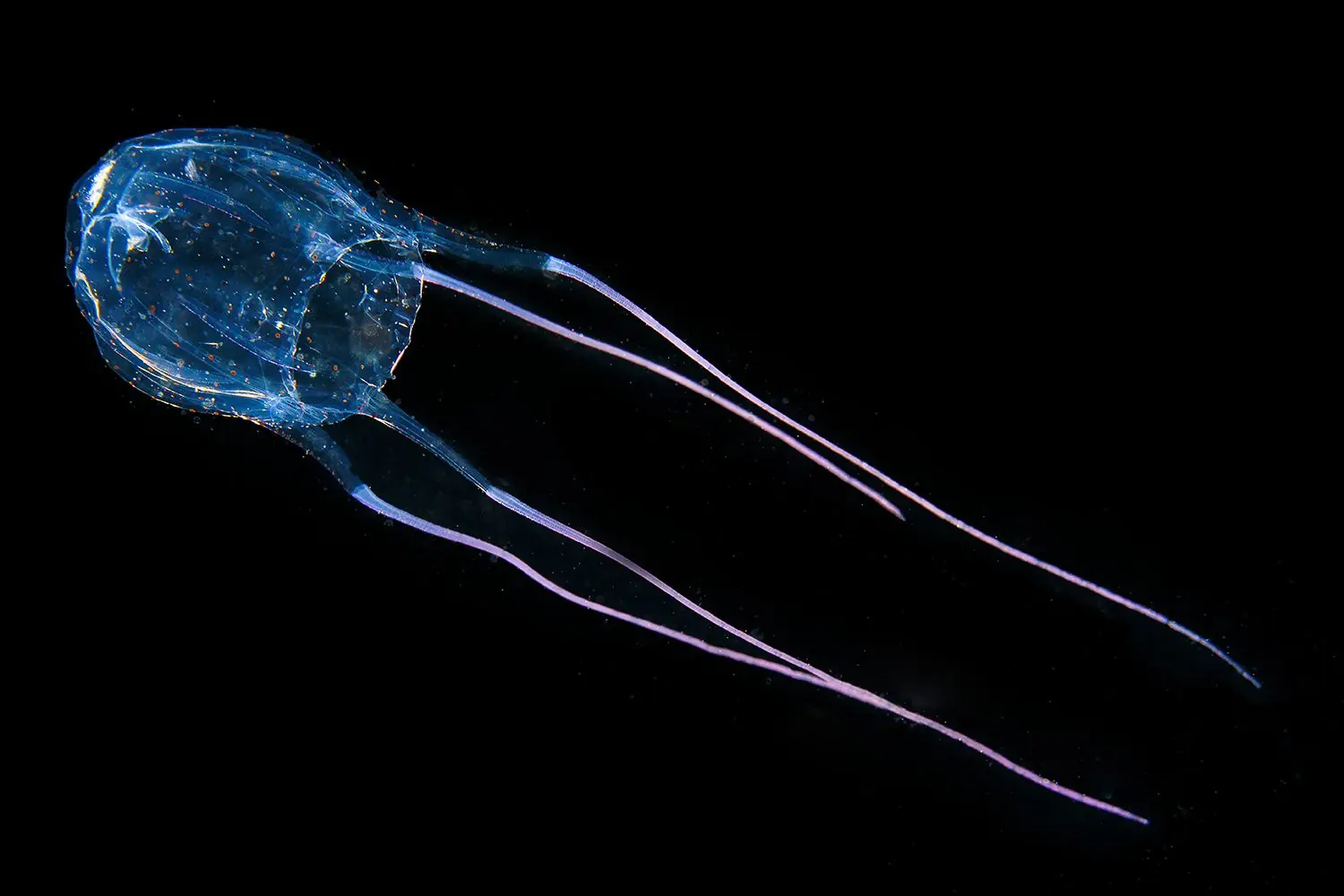
Travel Influencer Unknowingly Films Terrifying Encounter with World's Deadliest Jellyfish
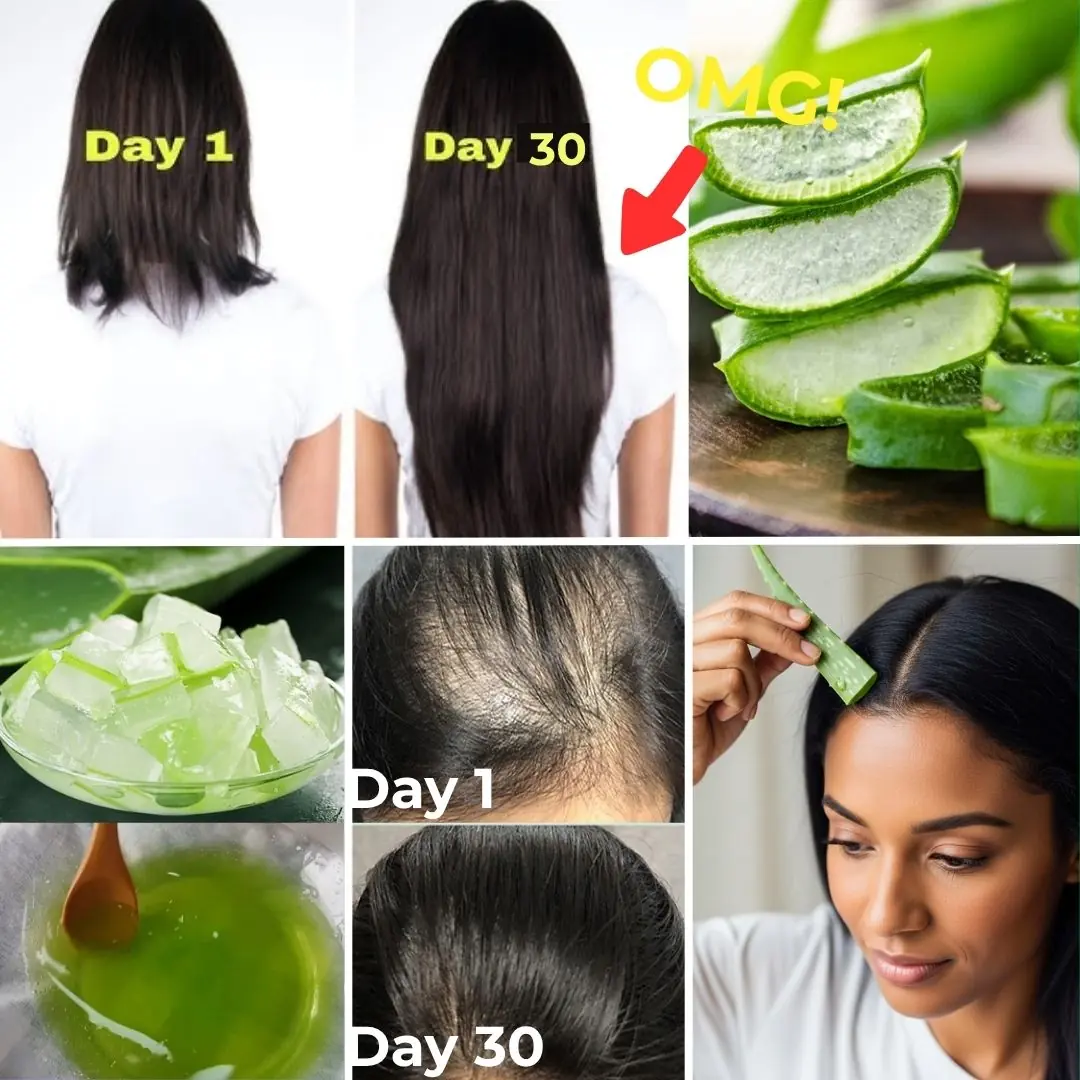
Get Long Hair, Stop Hair Fall, Cure Baldness, Regrow Damaged Hair Naturally
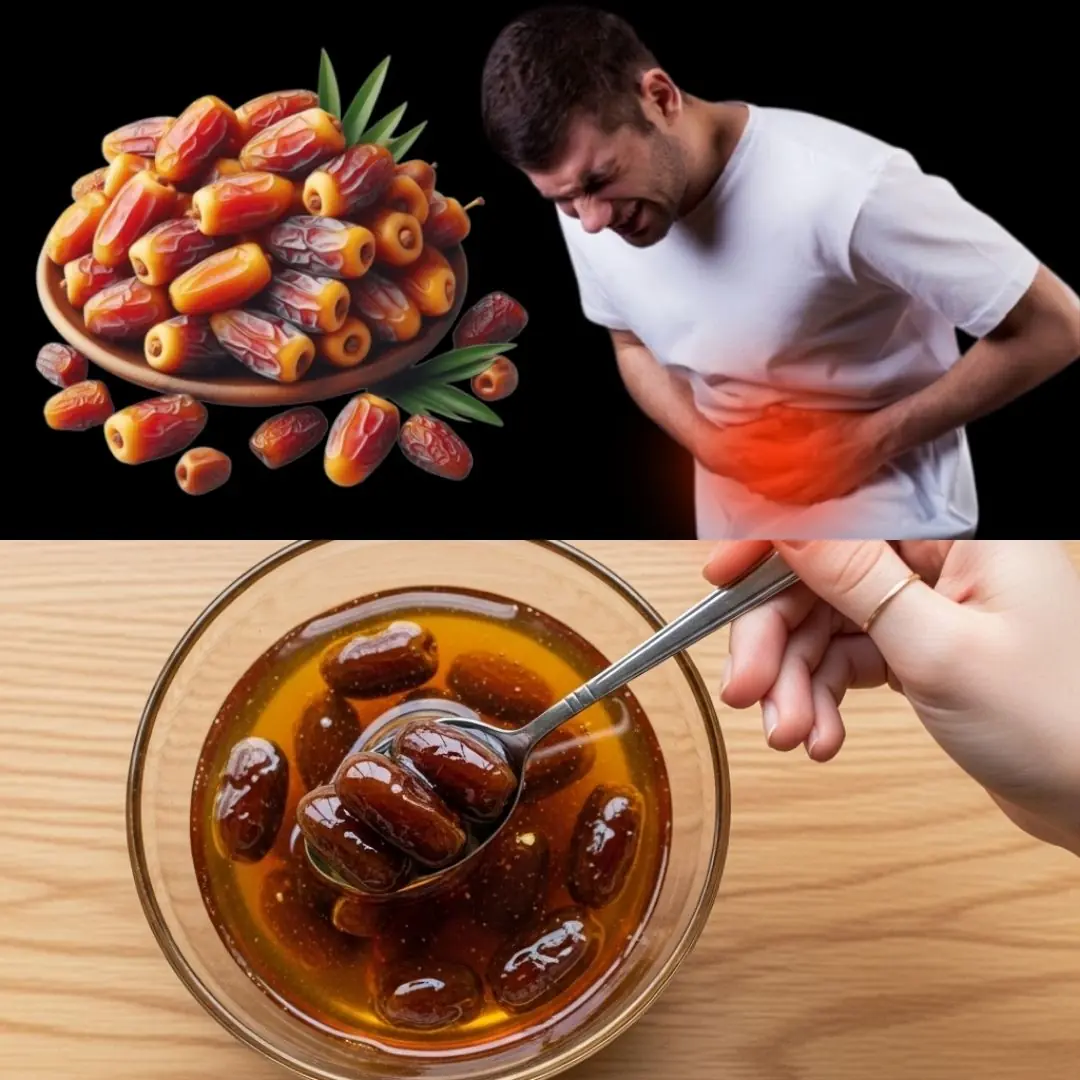
Death Begins in the Gut! Clean Your Blood and Intestines with Just One Glass a Day

Woman mistook deadly illness for perimenopause

Orange Peel and Cinnamon Tea: The Natural Remedy Worth More Than Gold!

Moringa Leaf: A Nutrient-Packed Leaf for Your Wellness Journey

Why Were Strokes Less Common 30 Years Ago, but Are Now Increasing? 4 Foods You Should Cut Back On

4 Reasons Why You Should Stop Picking Your Nose Before It Leads to Serious Consequences

Three Common Beverages That Secretly Drain Calcium from Your Bones: Drinking Too Much Can Lead to Brittle, Fragile Bones

Woman’s Inoperable Brain Tumor Shrinks In Just Five Days Thanks To Cancer Breakthrough

Doctors Ignored Her 9 Times — Then She Got A Stage 4 Cancer Diagnosis
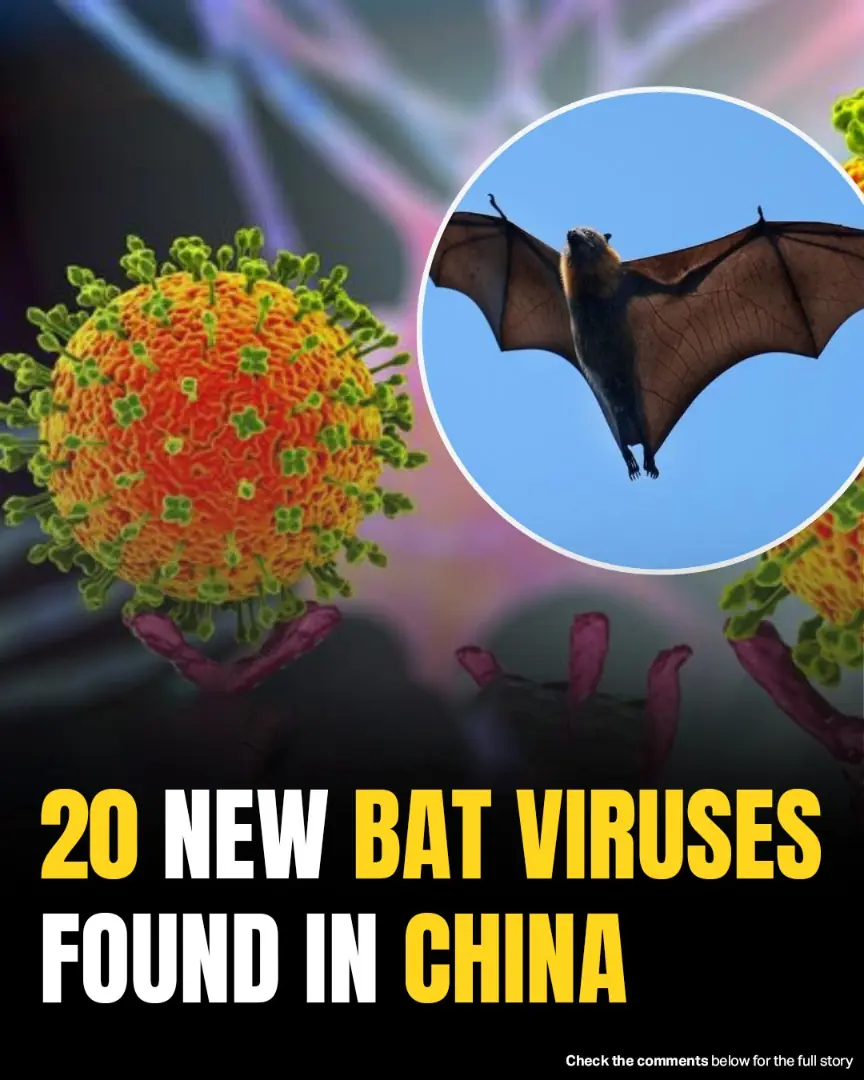
Alarming Discovery: 20 New Bat Viruses Detected In China With “Serious” Health Implications

Injectable Hydrogel: A Game-Changer for Brittle Bones and Osteoporosis

Unmasking the Mind: How Science Shows Conspiracy Theorists' Brains Are Different

The Alarming Truth: Your Brain Literally Starts Eating Itself When You Don't Get Enough Sleep
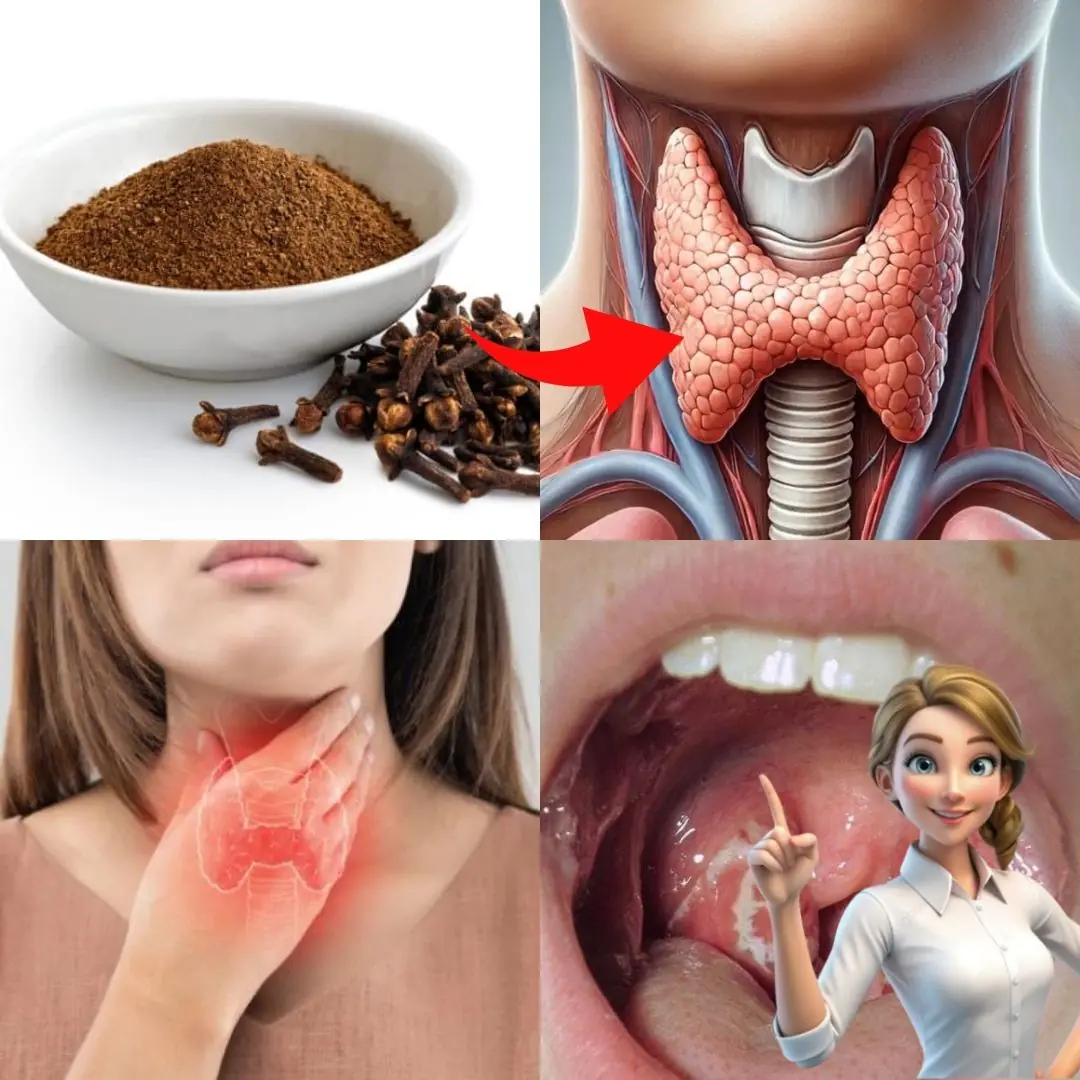
Natural Ways to Soothe a Sore Throat with Cloves
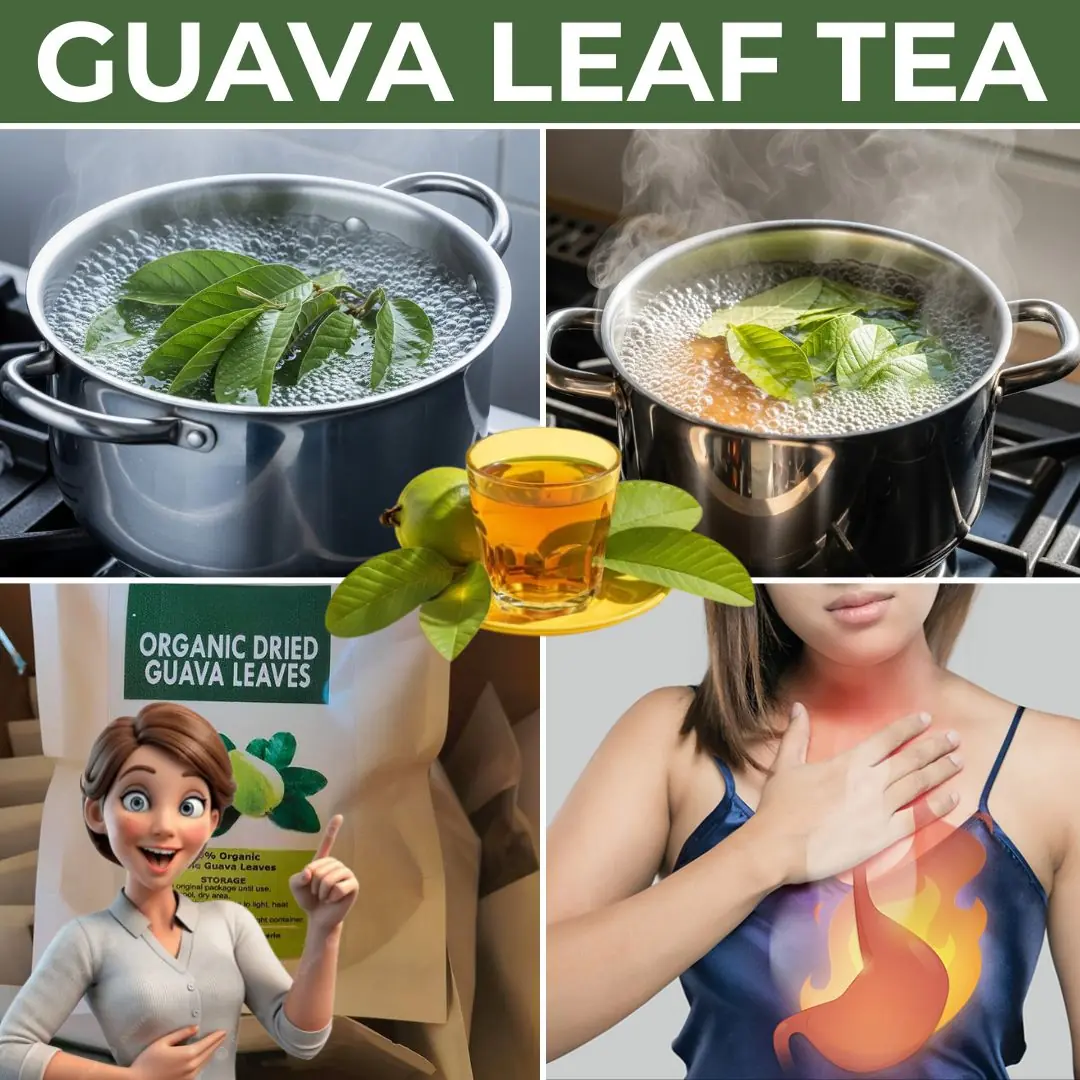
Surprising Health Benefits of Guava Leaves You Need to Know
News Post

Woman Who Demanded I Change My Hairstyle and Uniform at My Restaurant Turned Out to Be My Brother's Fiancée

My Husband Took Credit for Everything I Did for the 4th of July Celebration - but Karma Had Other Plans

TikToker Unknowingly Records Near-Death Encounter After Picking Up One of Earth's Deadliest Creatures

Travel Influencer Unknowingly Films Terrifying Encounter with World's Deadliest Jellyfish

The Ultimate Betrayal: I Gifted Him a Romantic Getaway, Only for Him to Leave Without Me – And The Truth Was Far Worse

My Future Mother-in-Law's Cruel 'Test' Backfired—Karma Delivered a Perfect Shower Surprise

Get Long Hair, Stop Hair Fall, Cure Baldness, Regrow Damaged Hair Naturally

Death Begins in the Gut! Clean Your Blood and Intestines with Just One Glass a Day

Just 2.4 Miles Apart, Yet 21 Hours Ahead — The Diomede Islands’ Time-Warping Secret

Woman mistook deadly illness for perimenopause

Orange Peel and Cinnamon Tea: The Natural Remedy Worth More Than Gold!

Moringa Leaf: A Nutrient-Packed Leaf for Your Wellness Journey

Why Were Strokes Less Common 30 Years Ago, but Are Now Increasing? 4 Foods You Should Cut Back On

4 Reasons Why You Should Stop Picking Your Nose Before It Leads to Serious Consequences

Three Common Beverages That Secretly Drain Calcium from Your Bones: Drinking Too Much Can Lead to Brittle, Fragile Bones

Scientists Invent Ultra-Thin Material That Hardens Like Diamond to Stop Bullets

There Are Mysterious Signals Coming From The Ice In Antarctica

Scientists Baffled By Earth’s Mysterious 26-Second ‘Heartbeat’—Still No Clear Explanation
